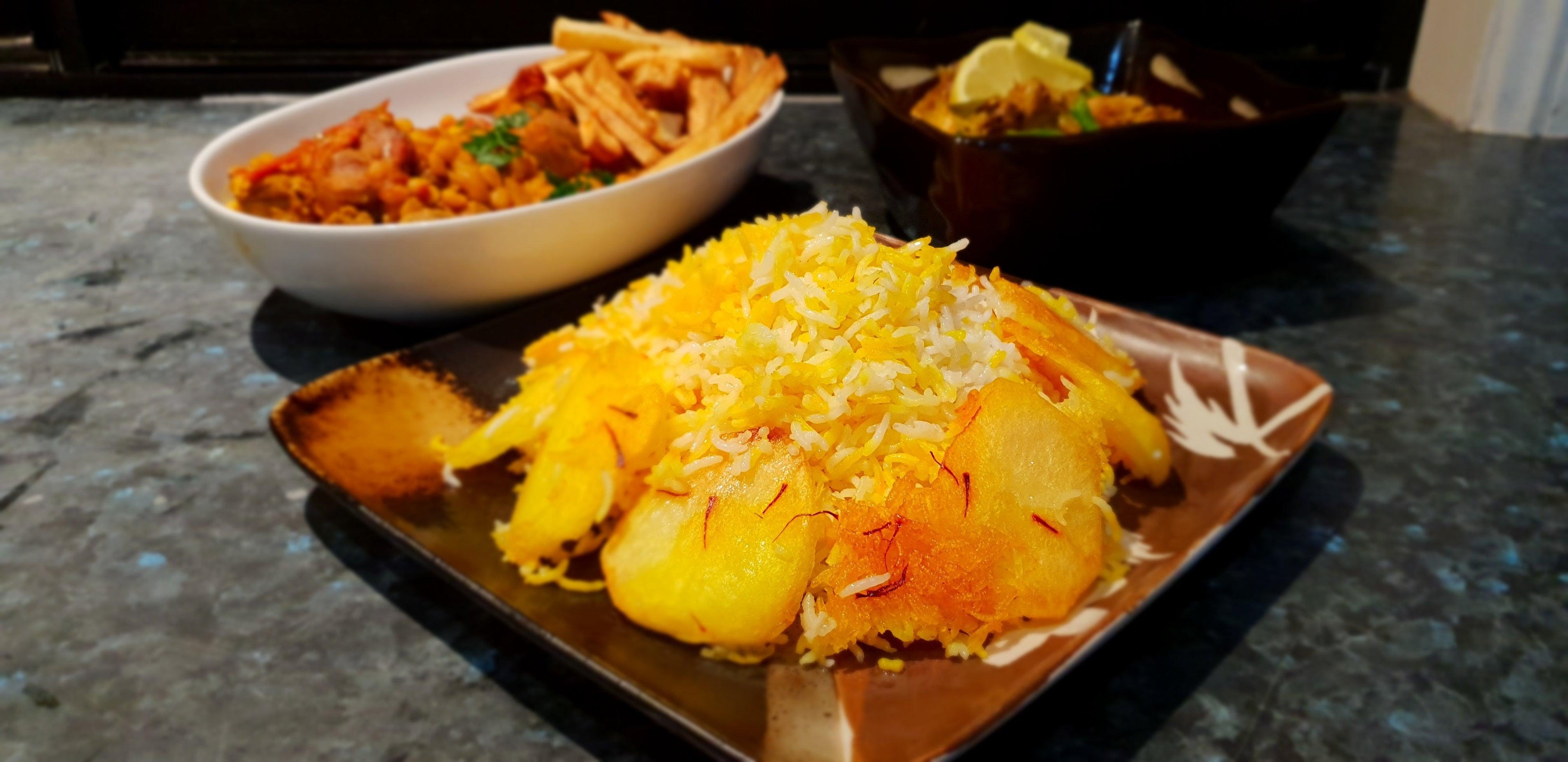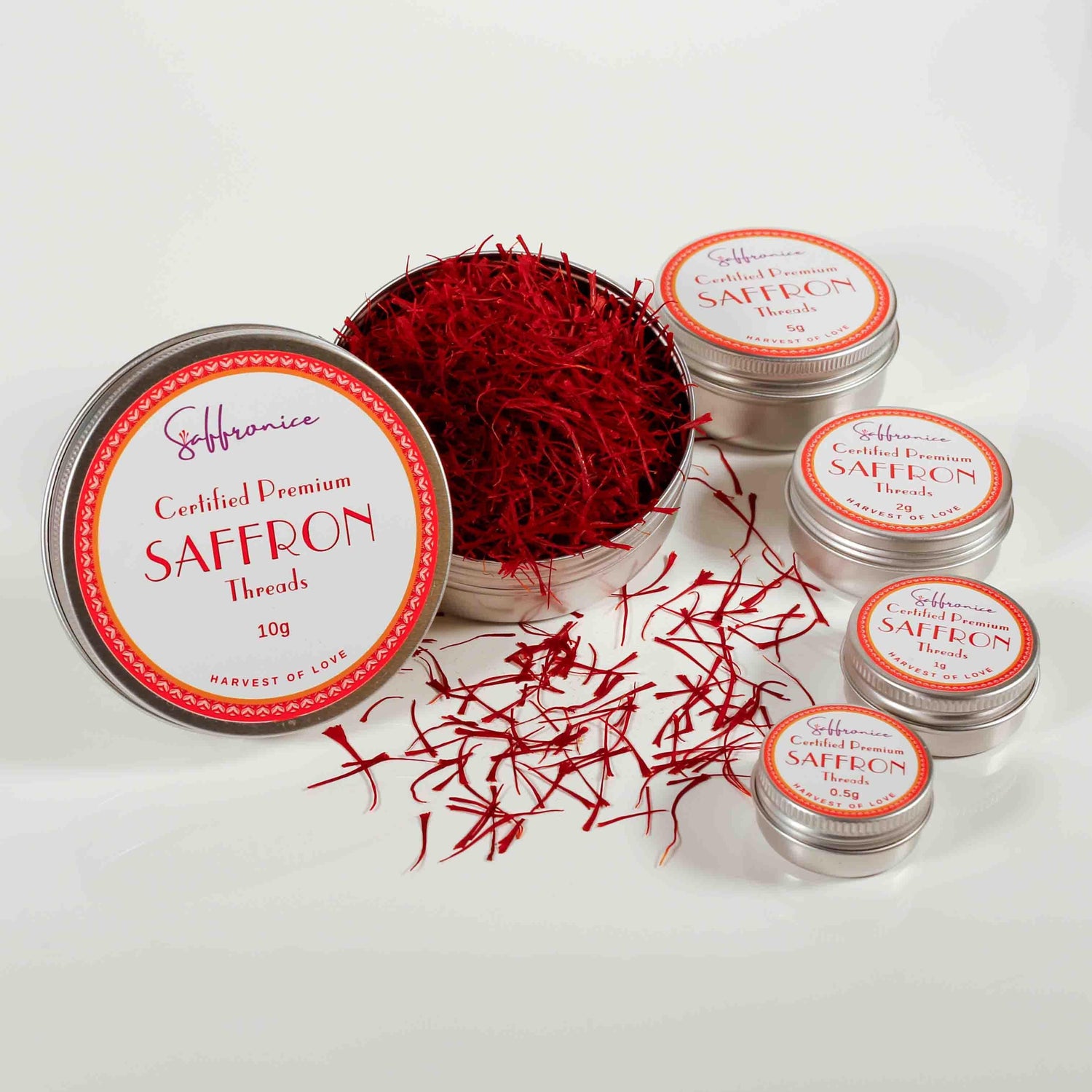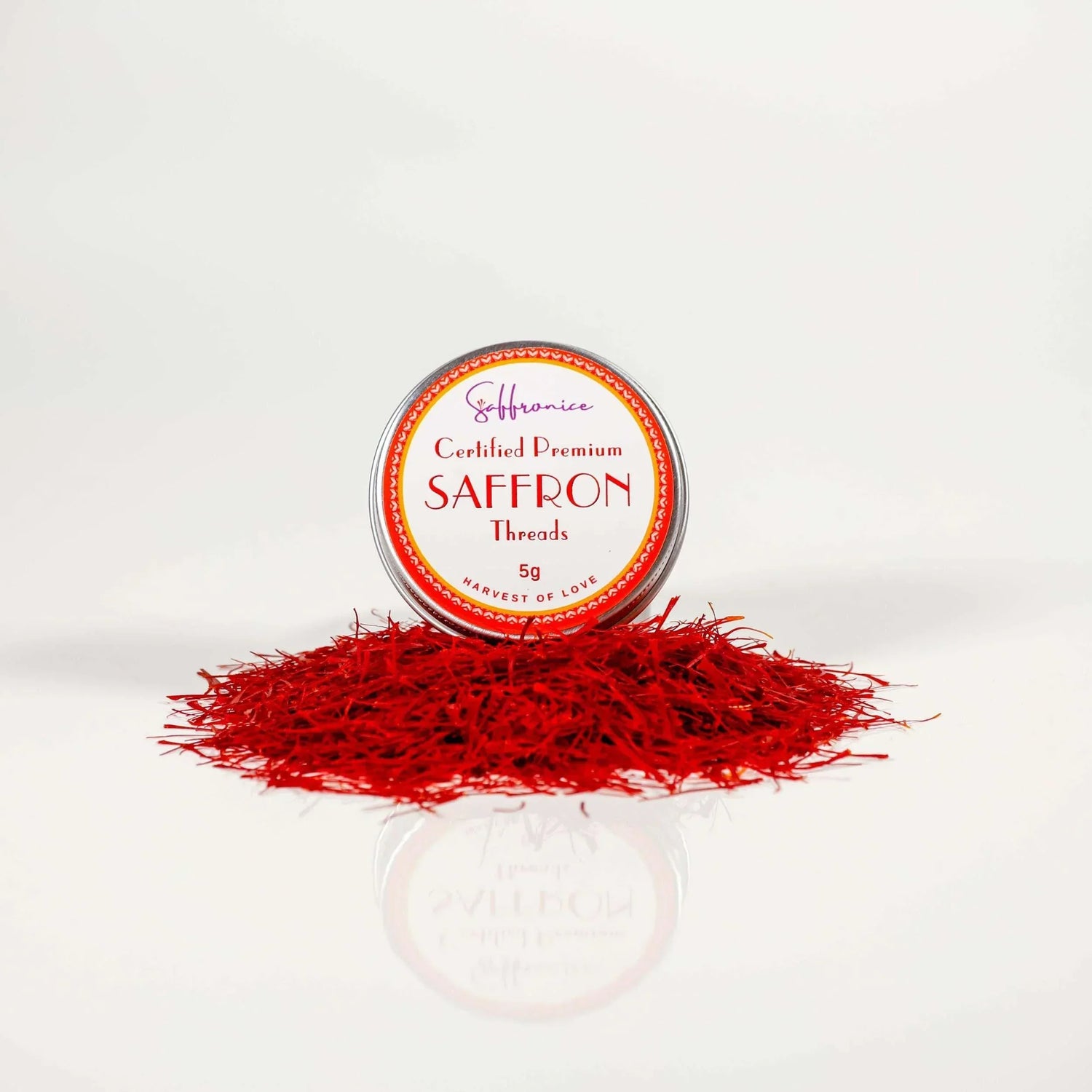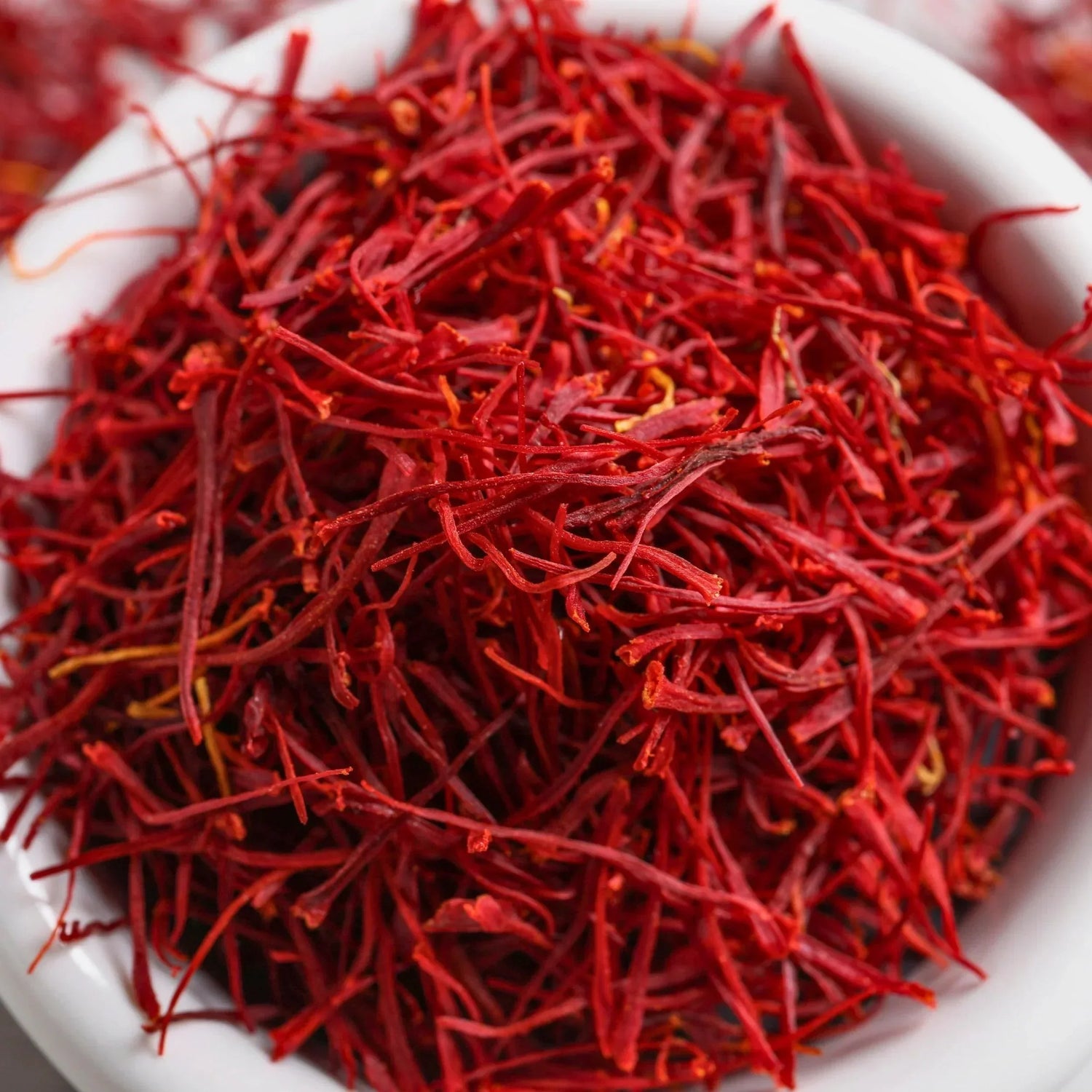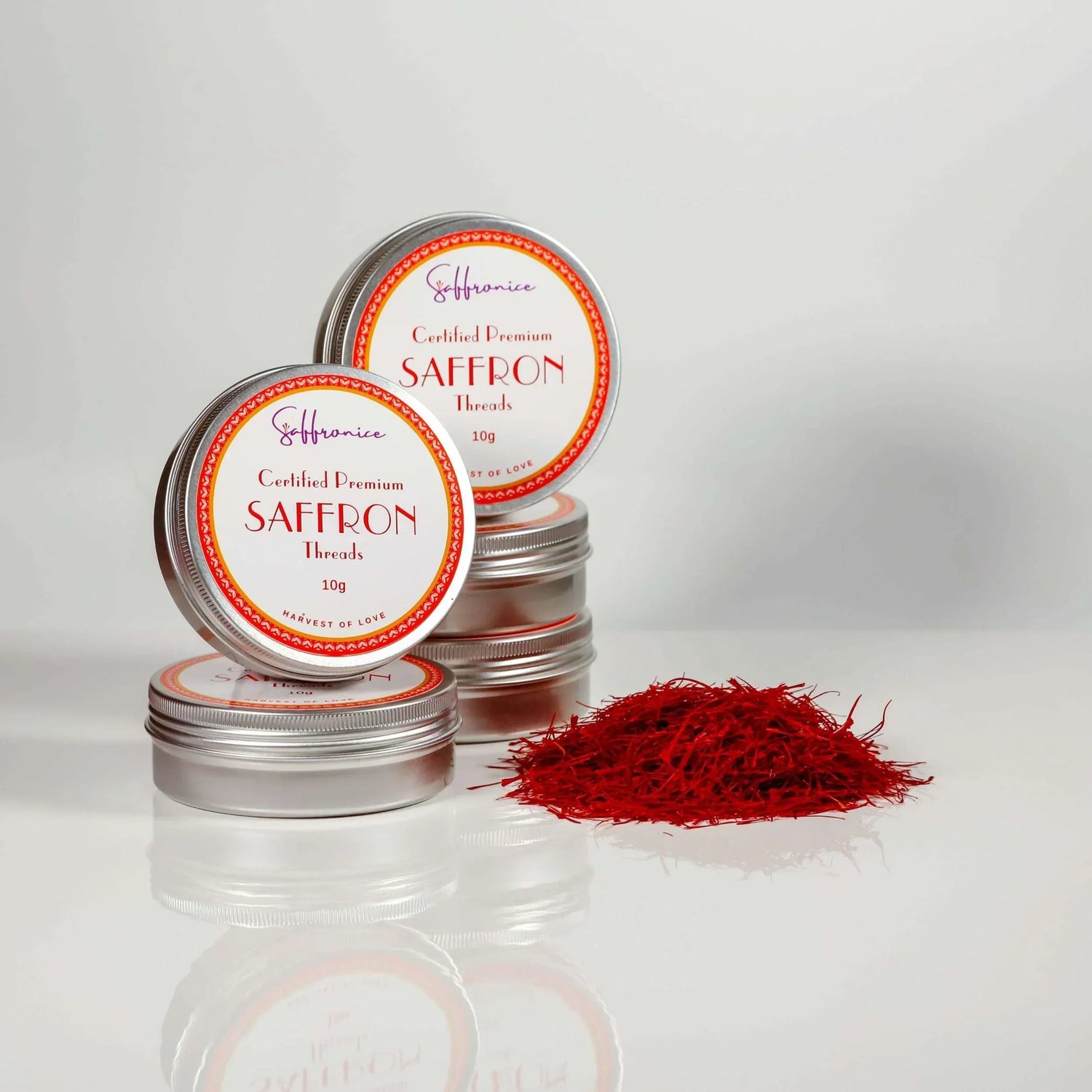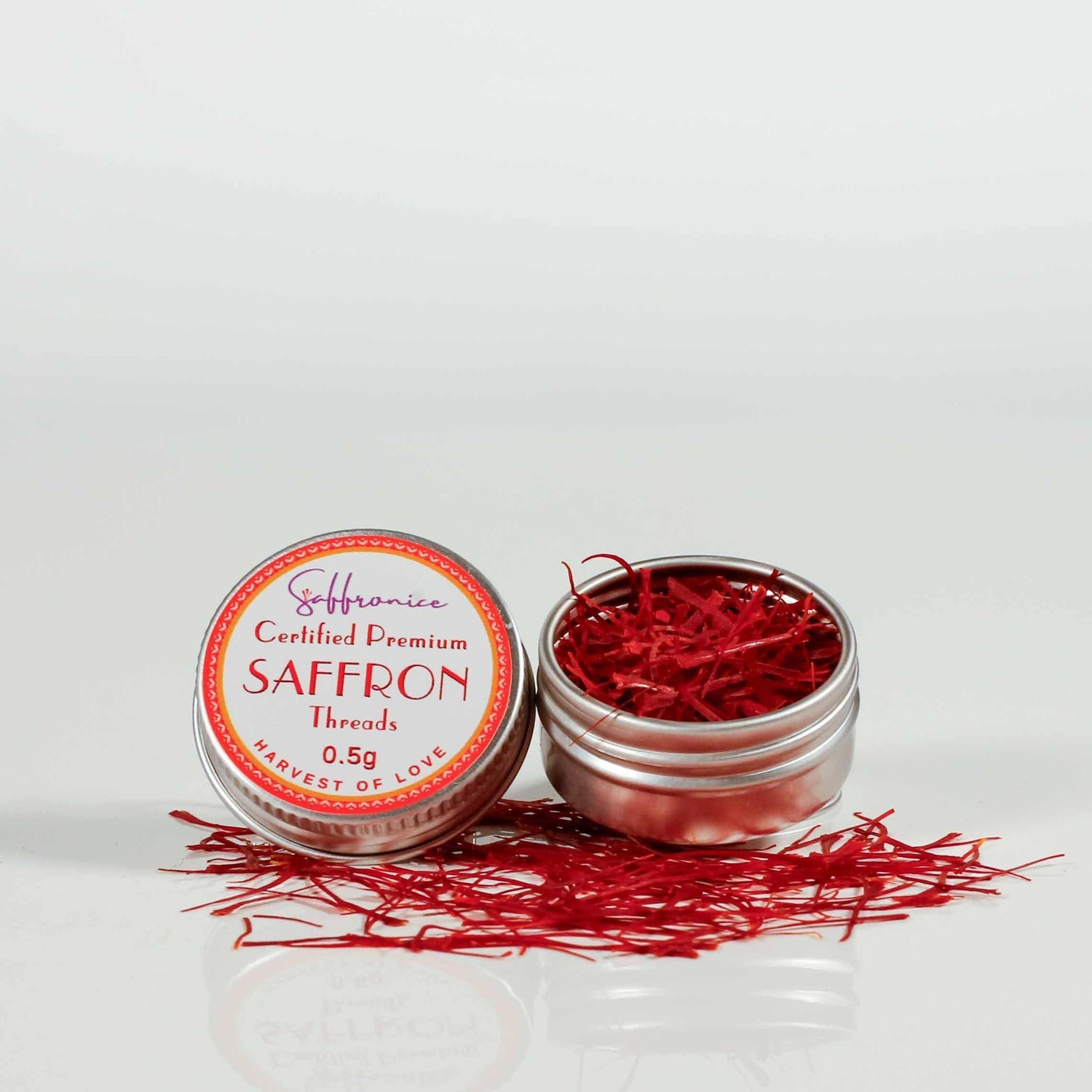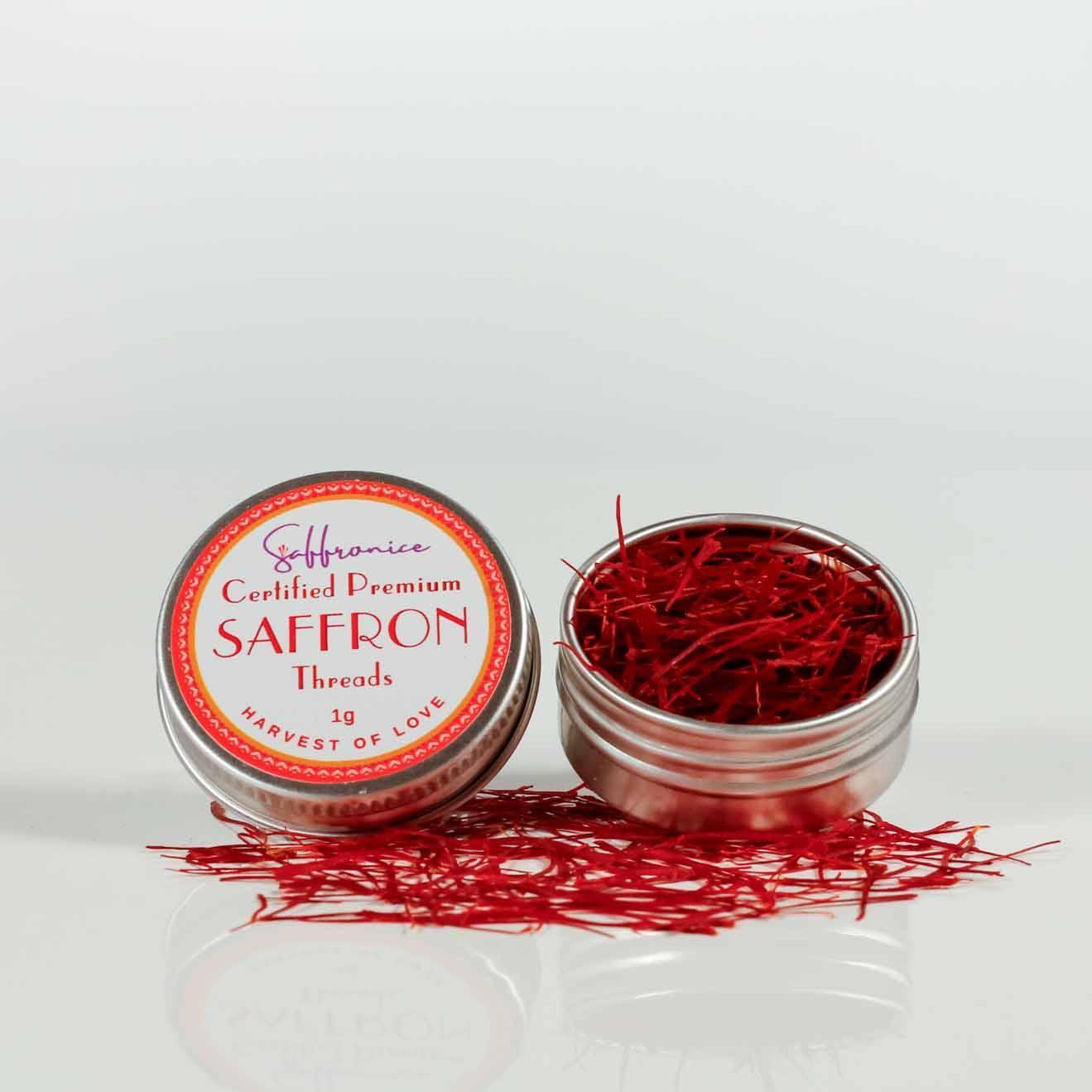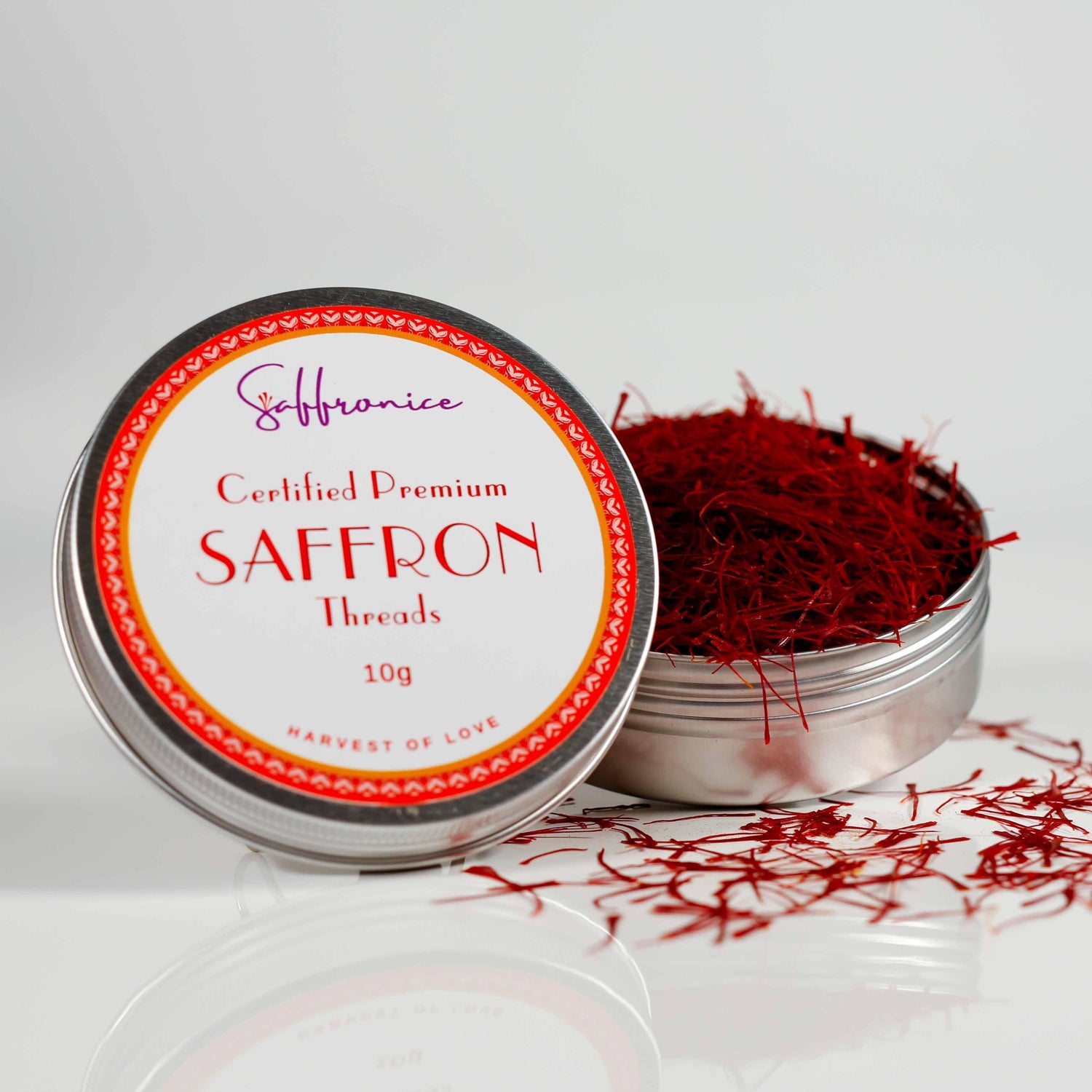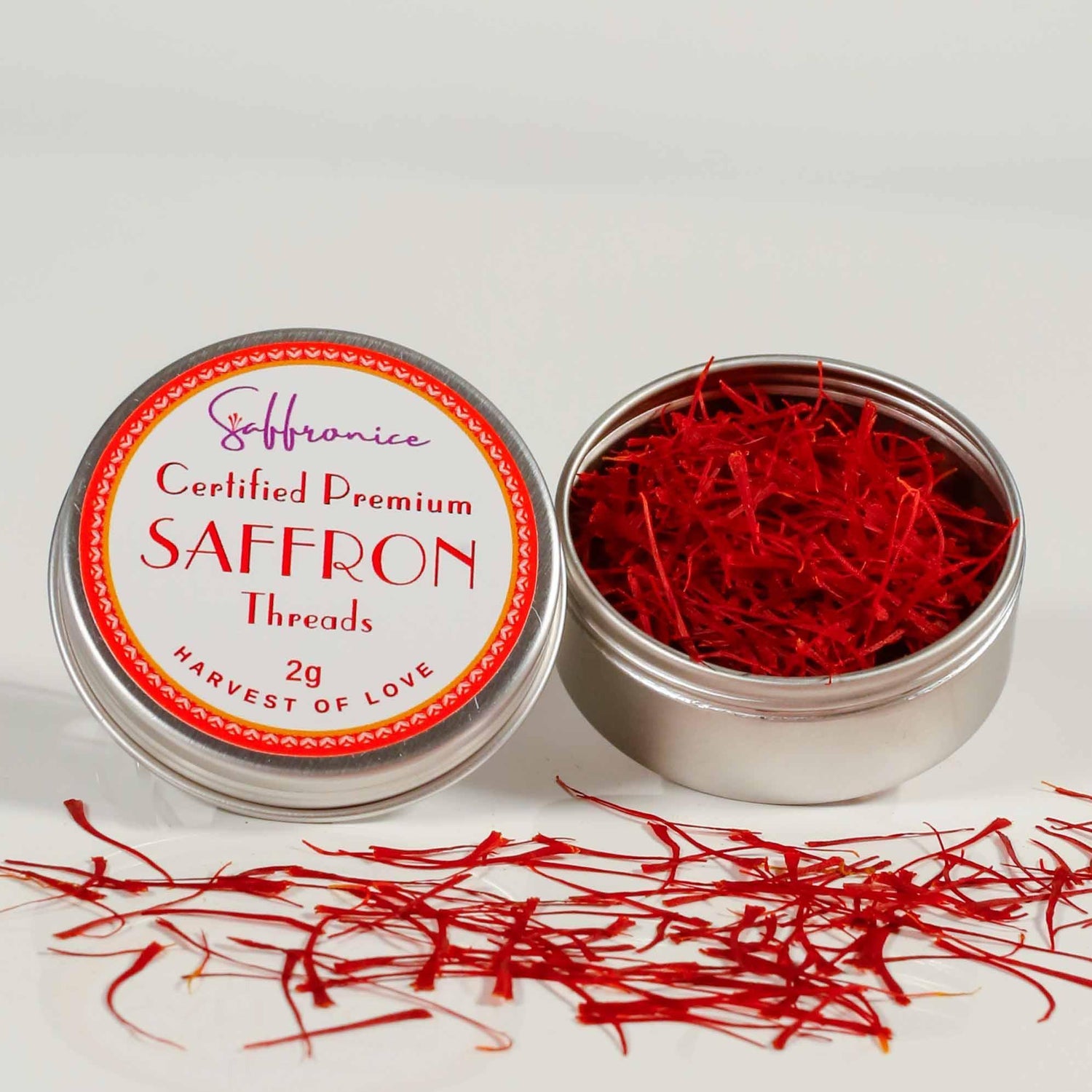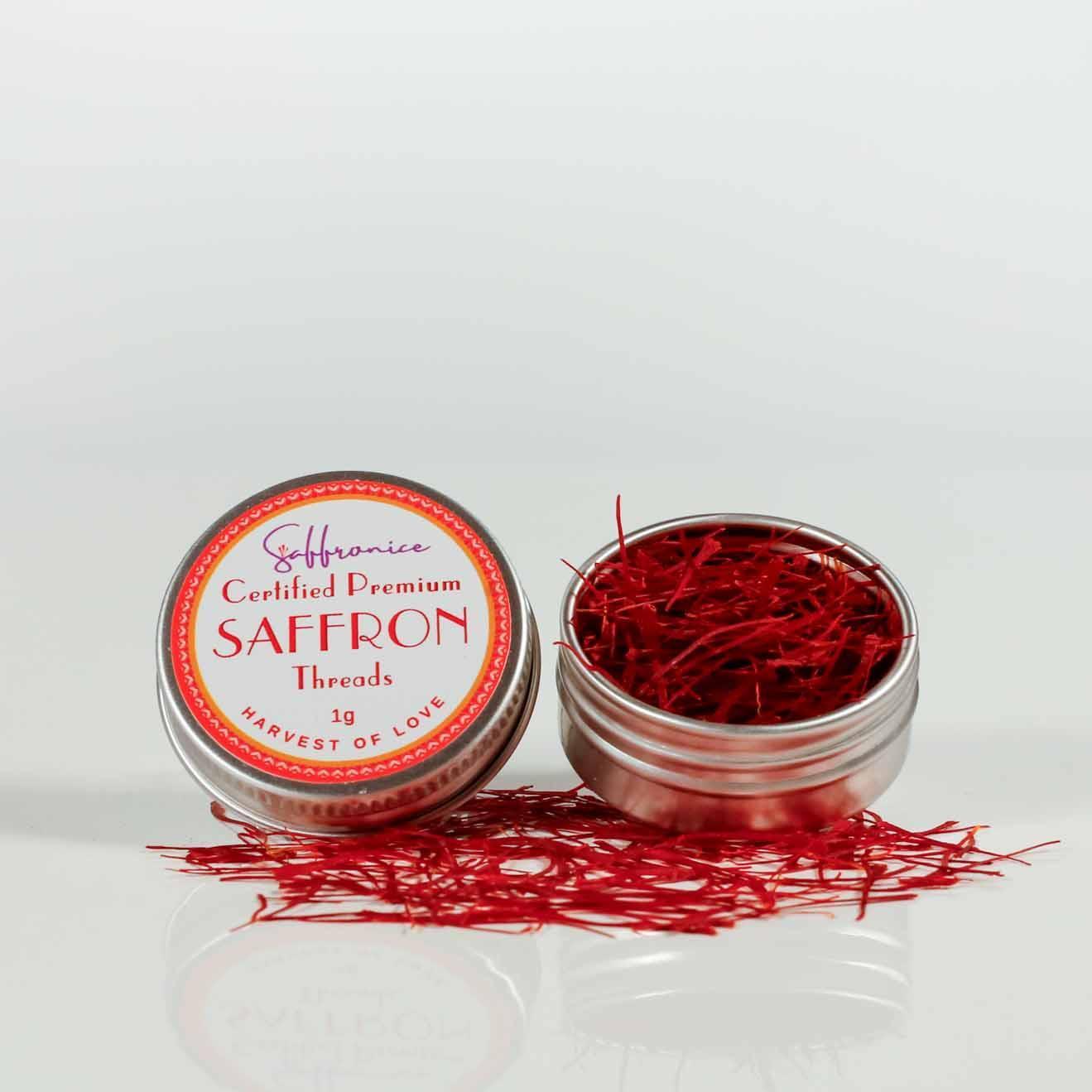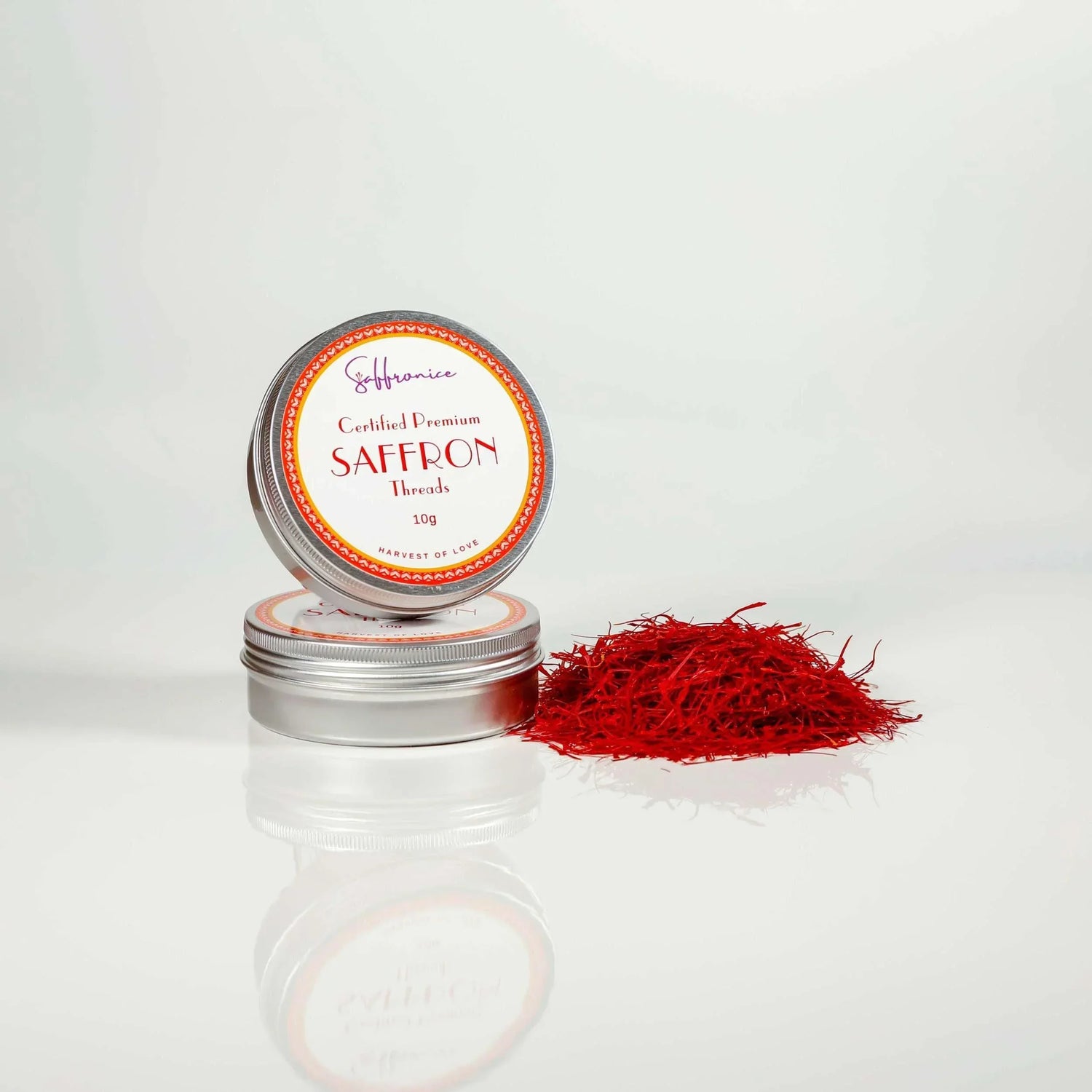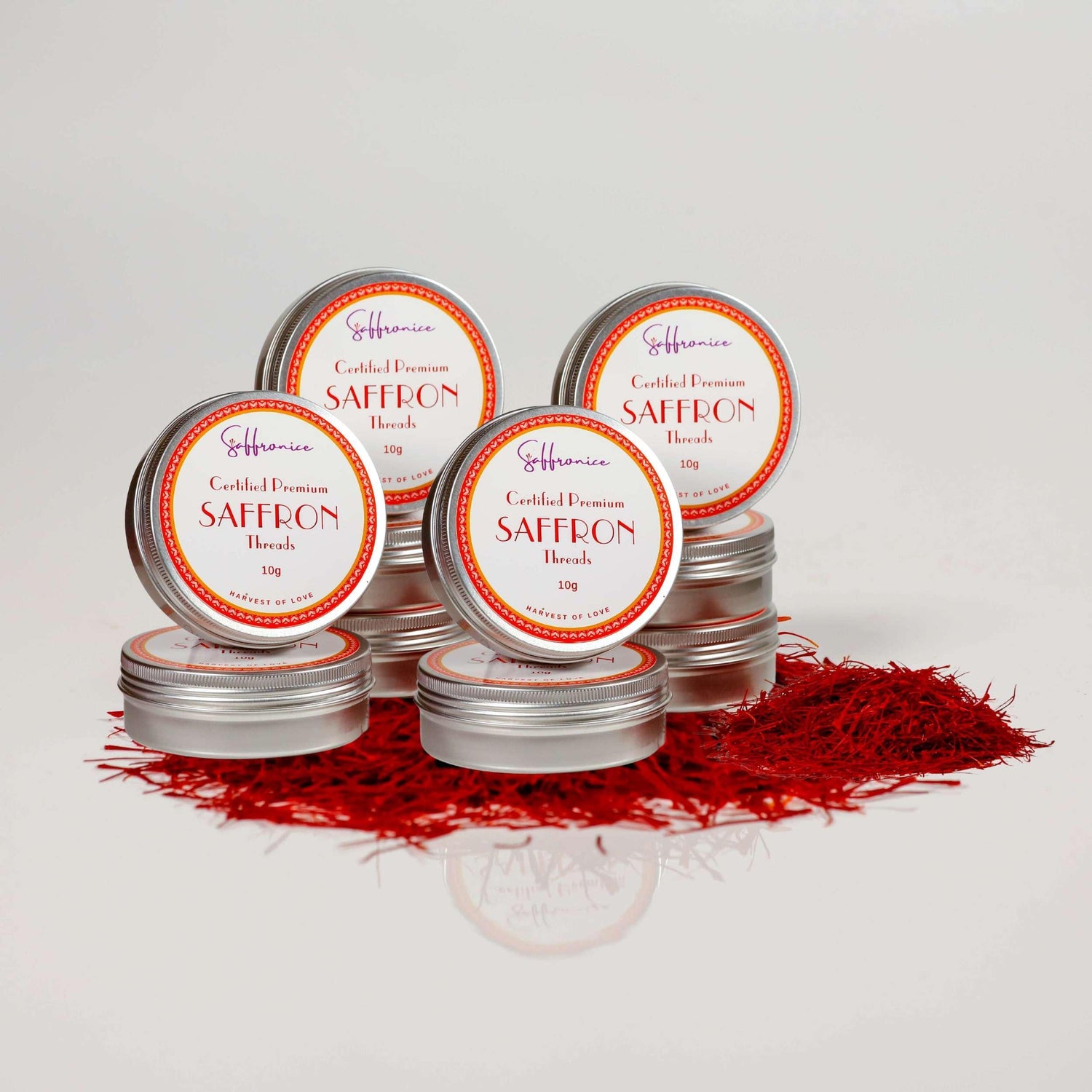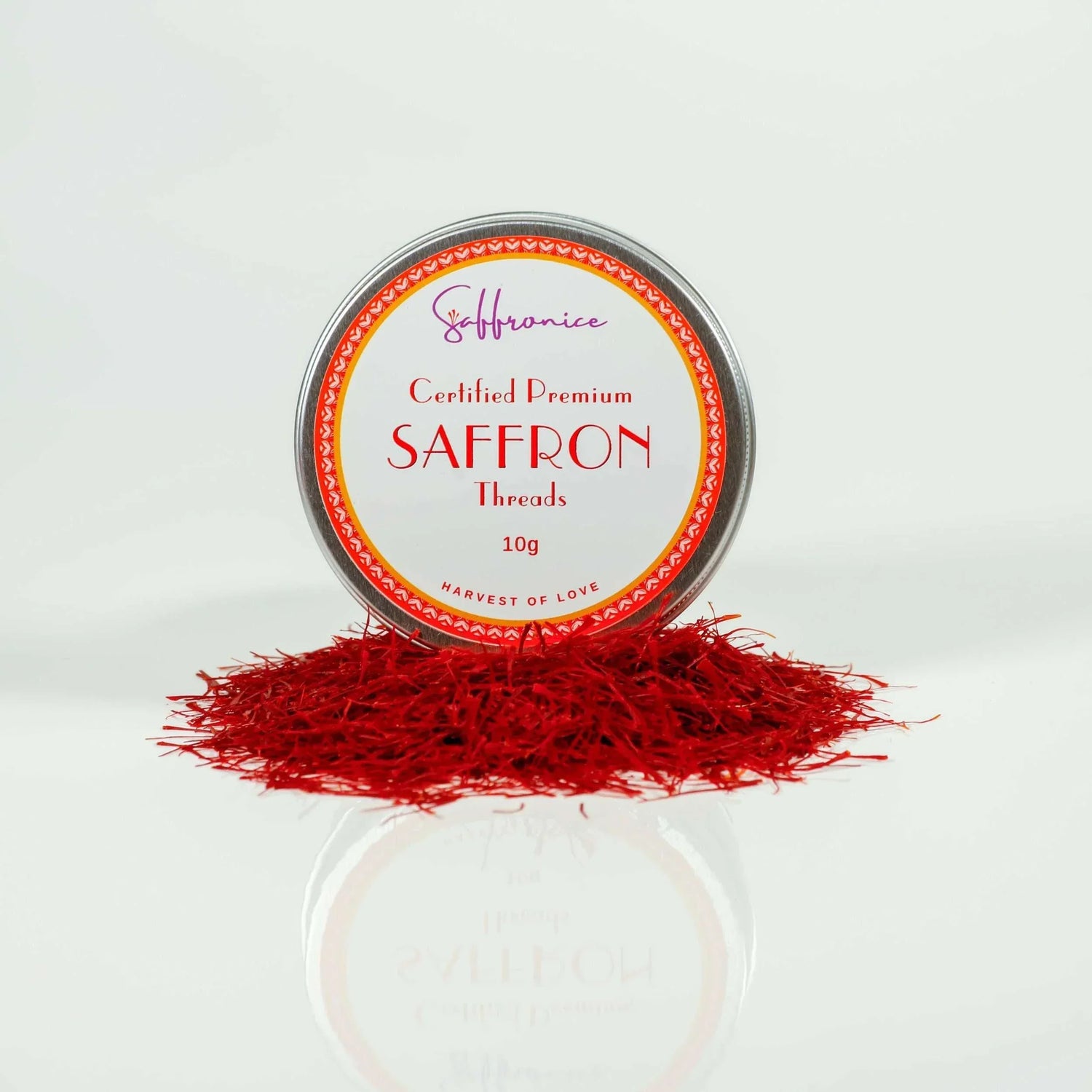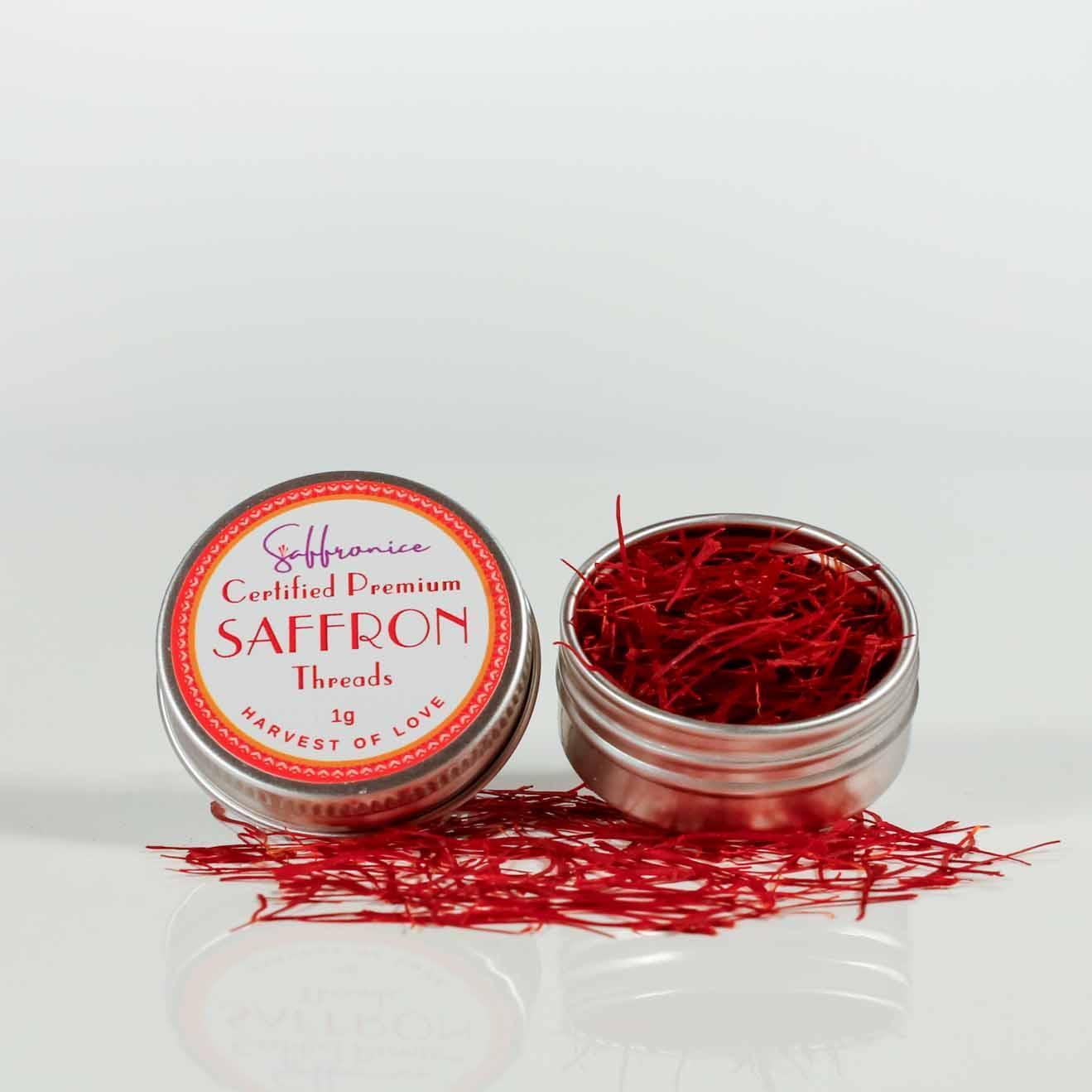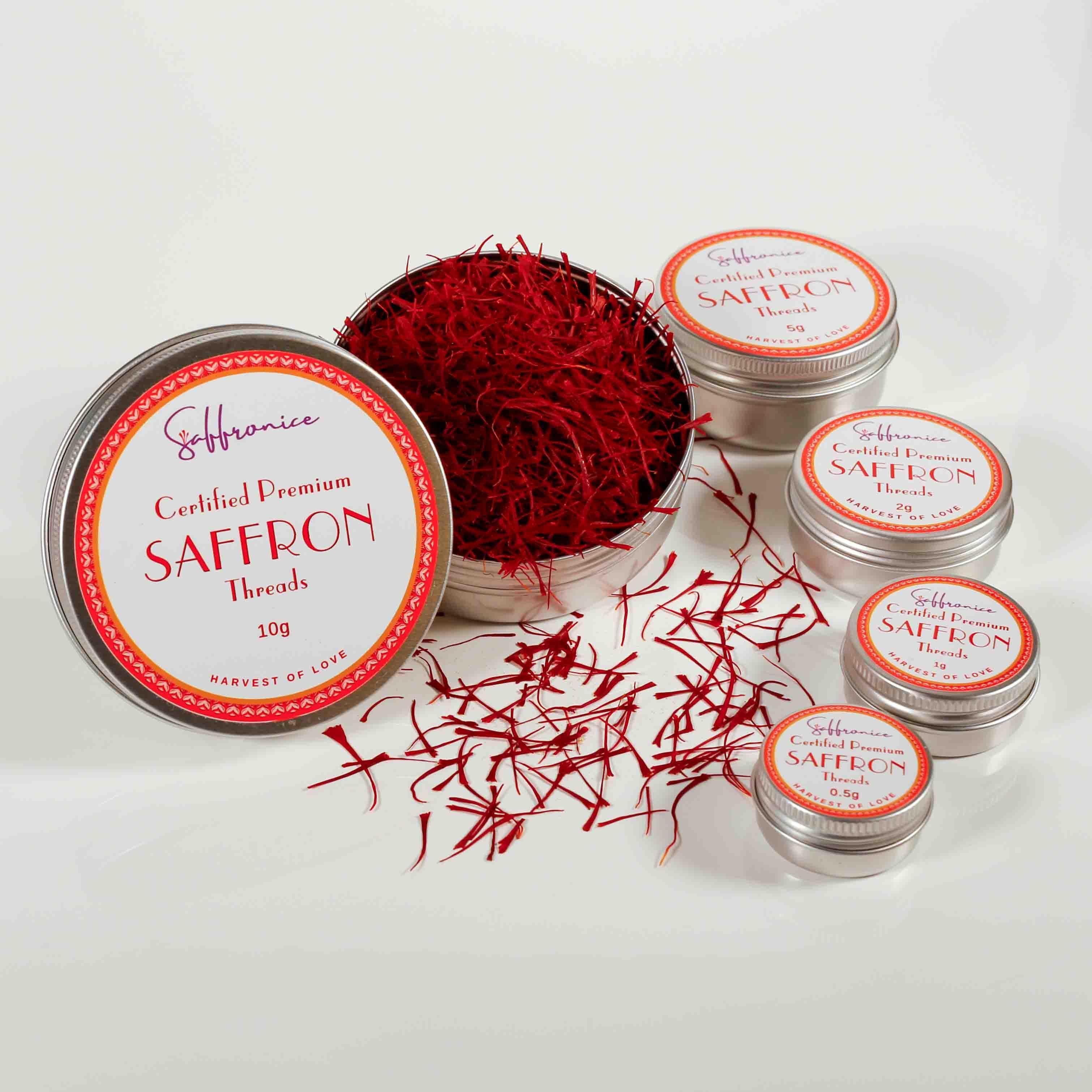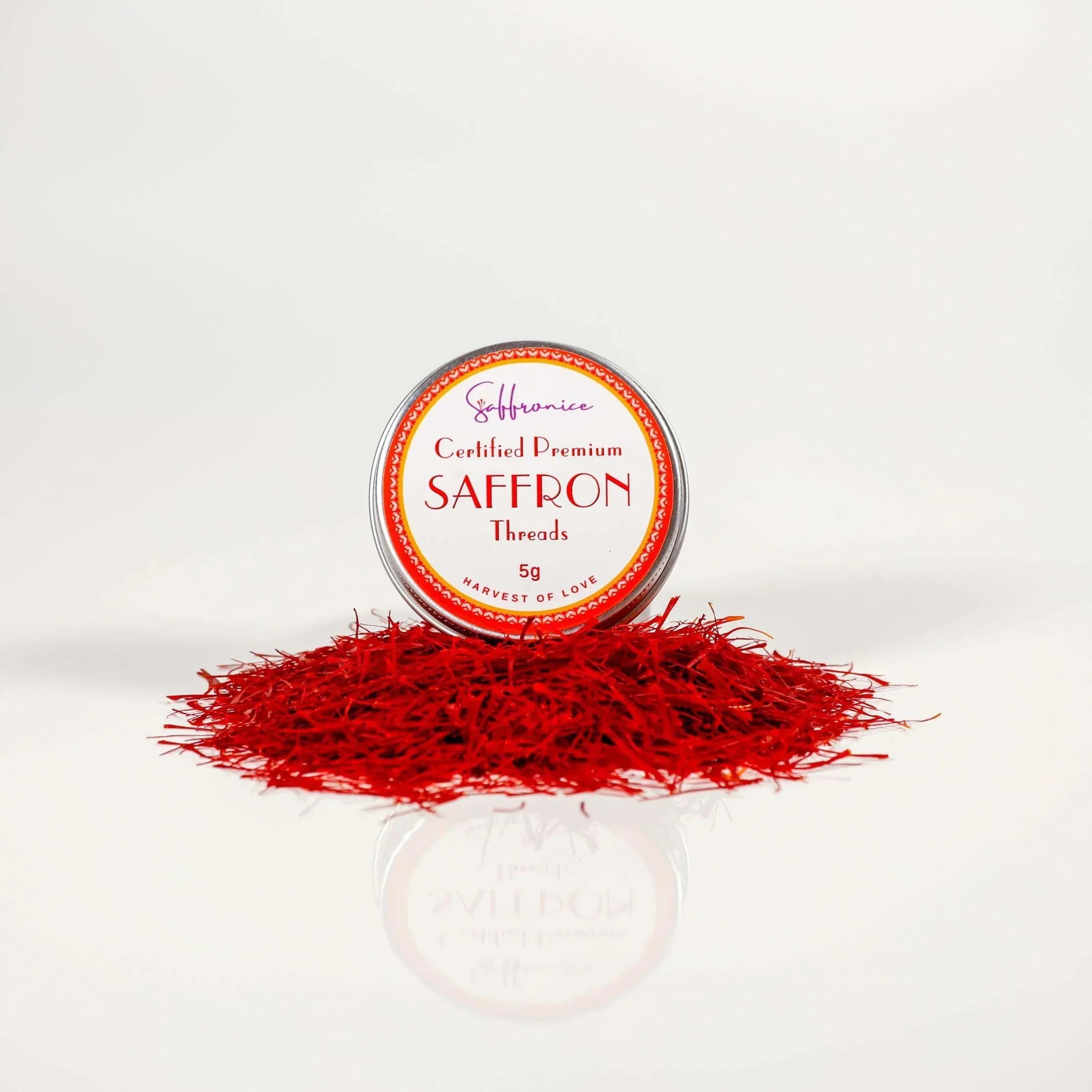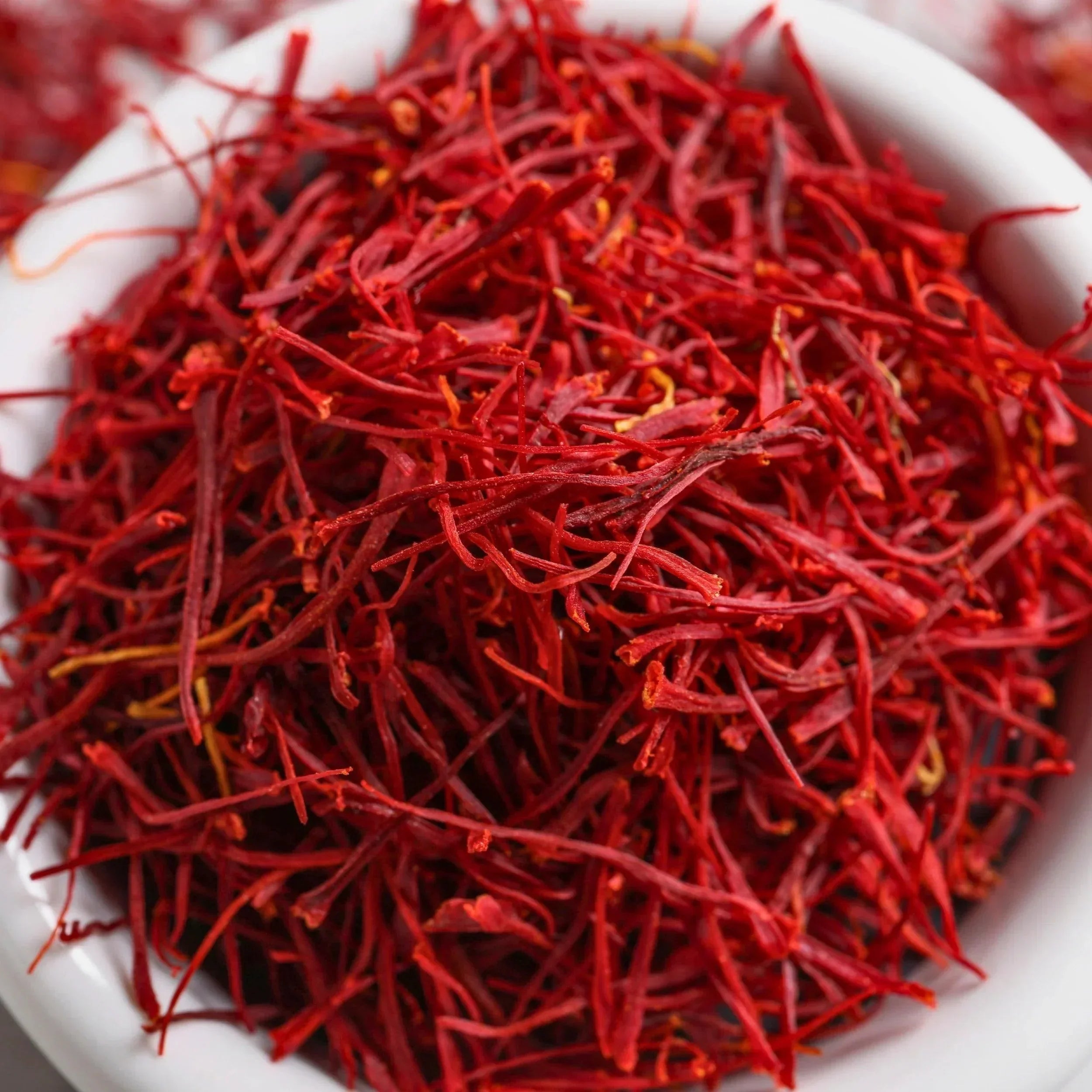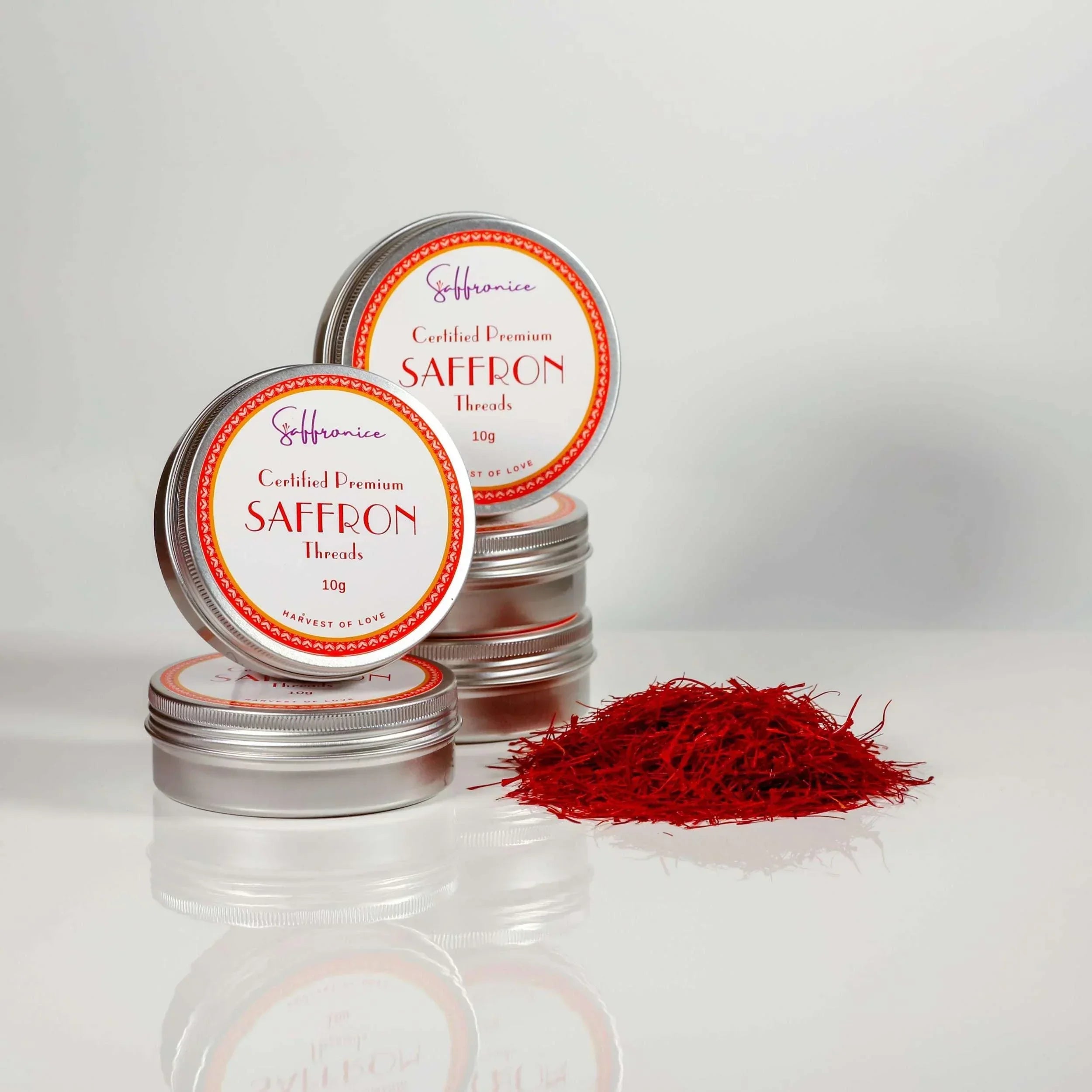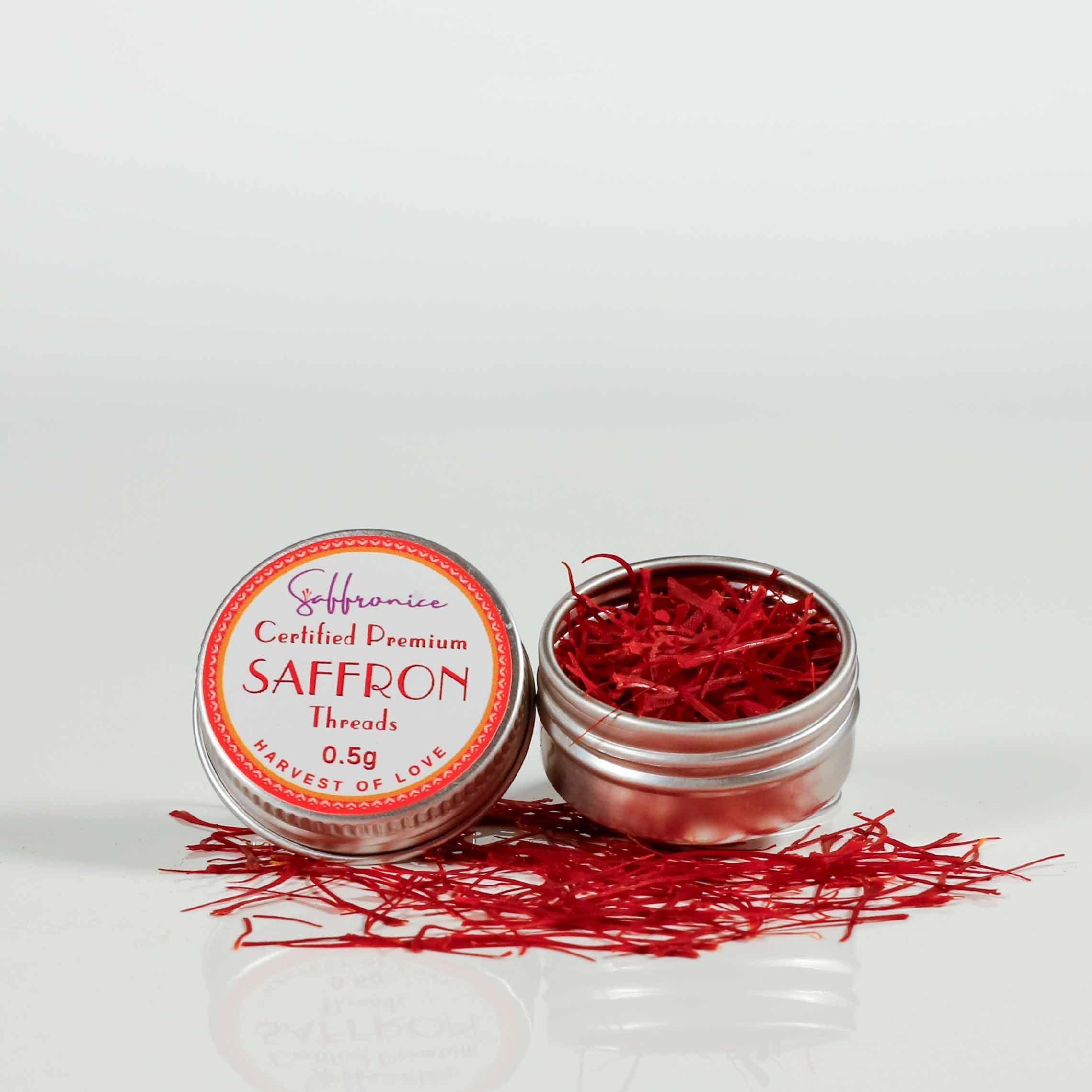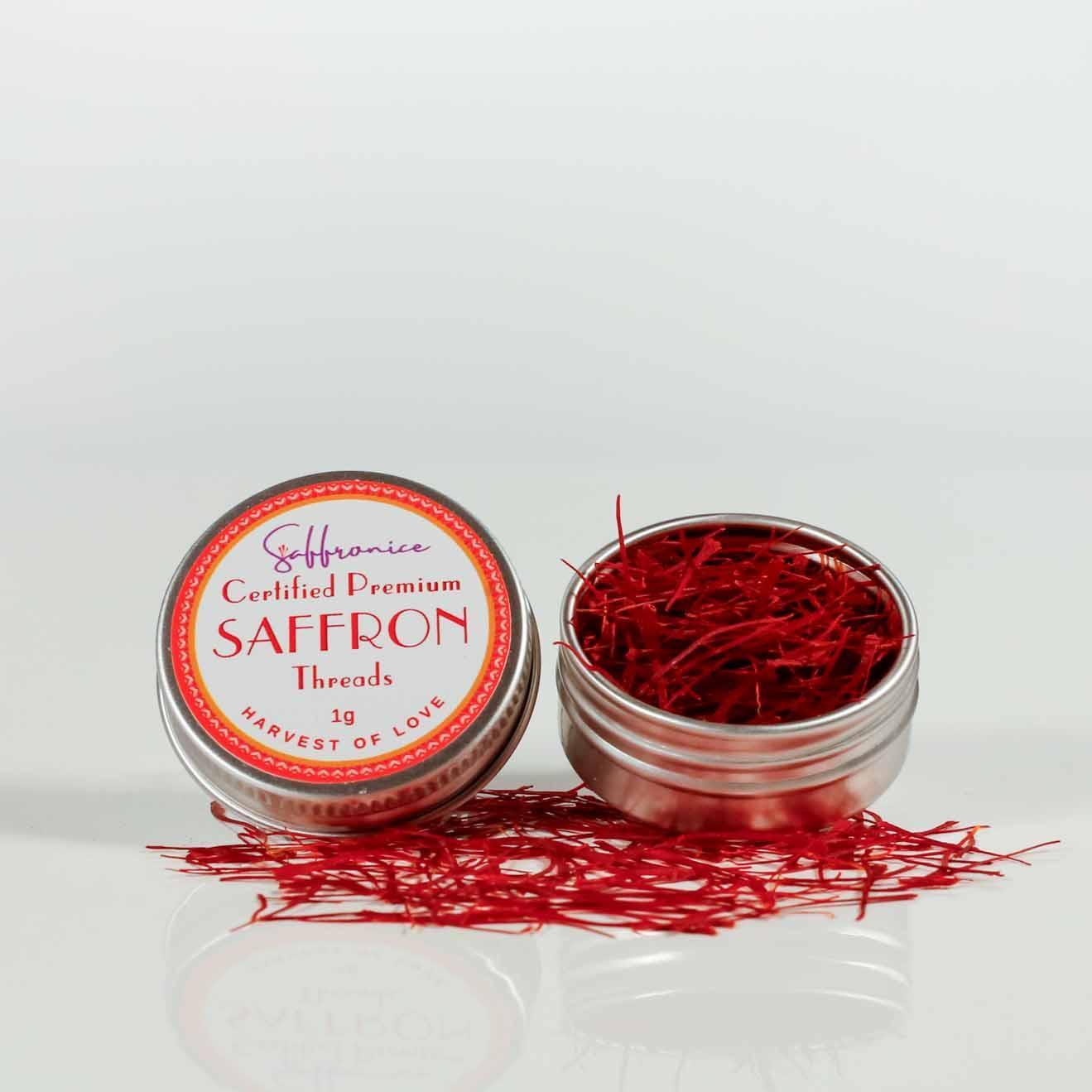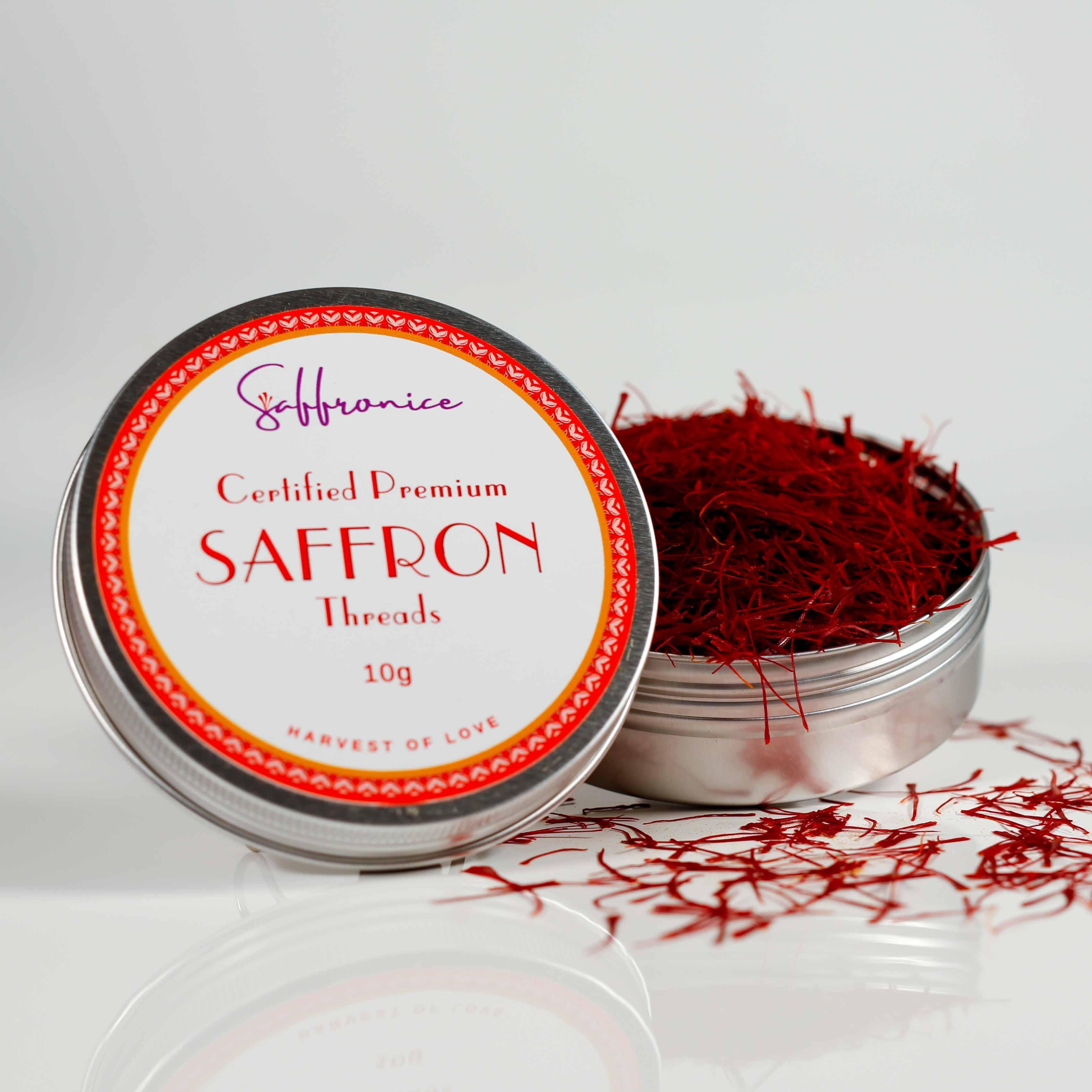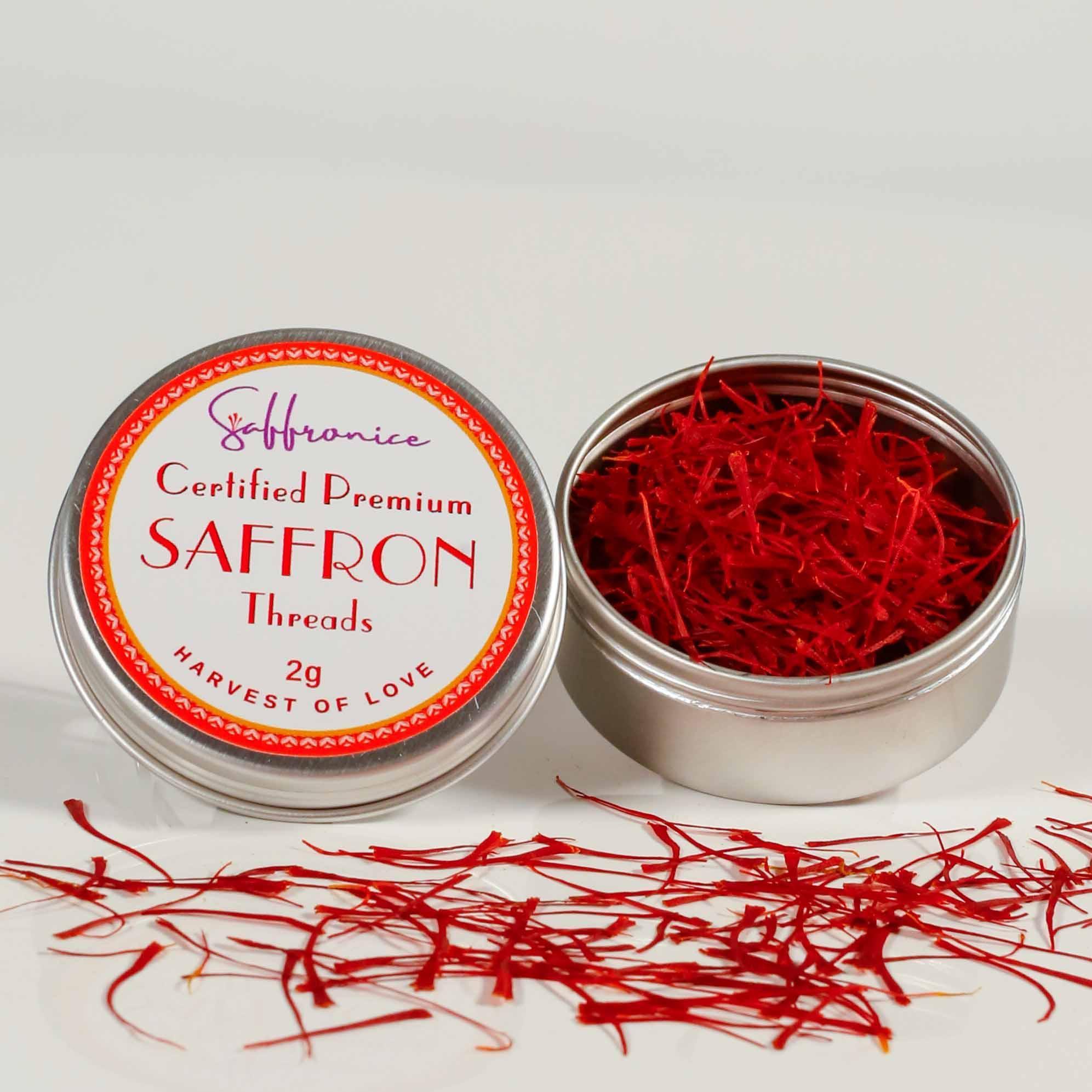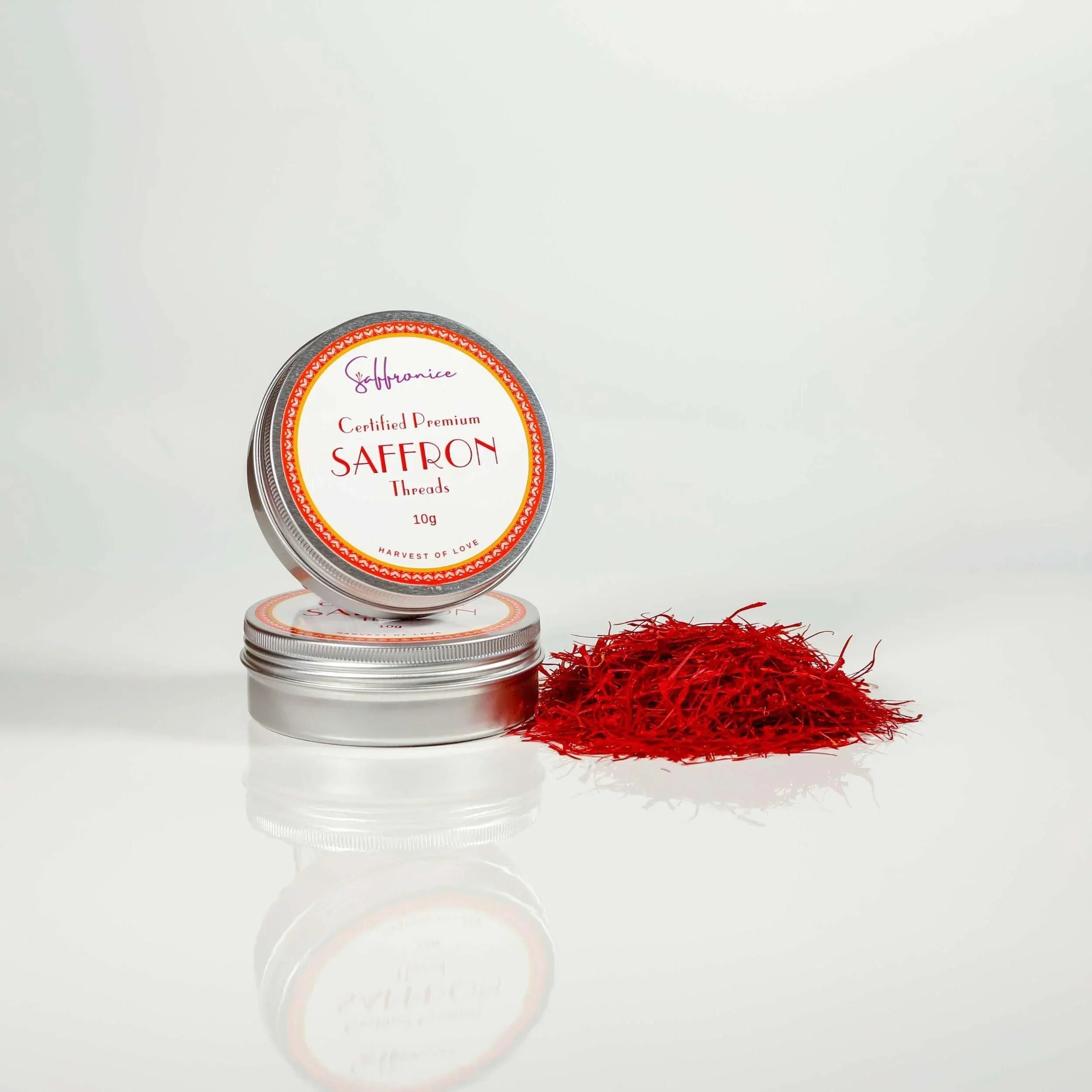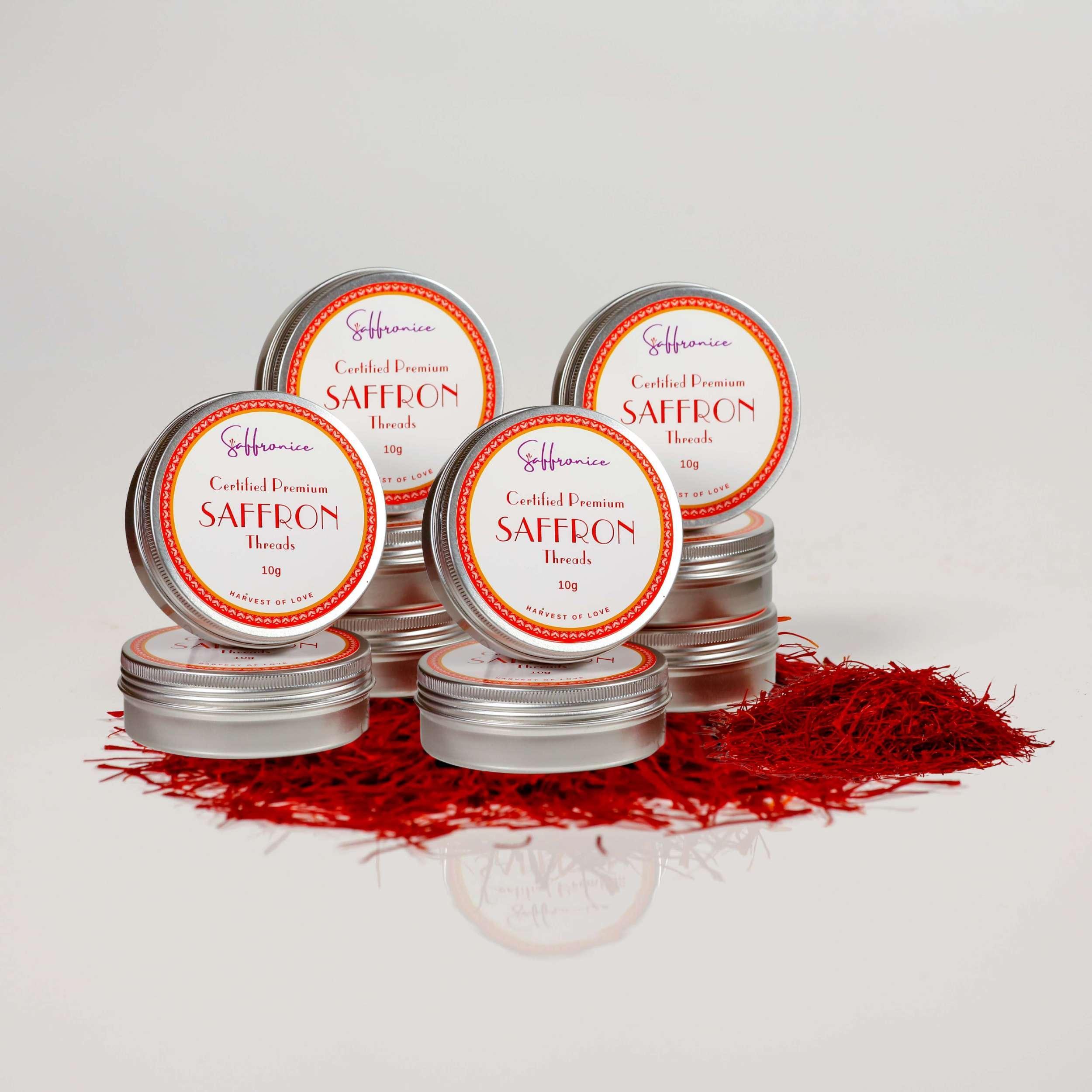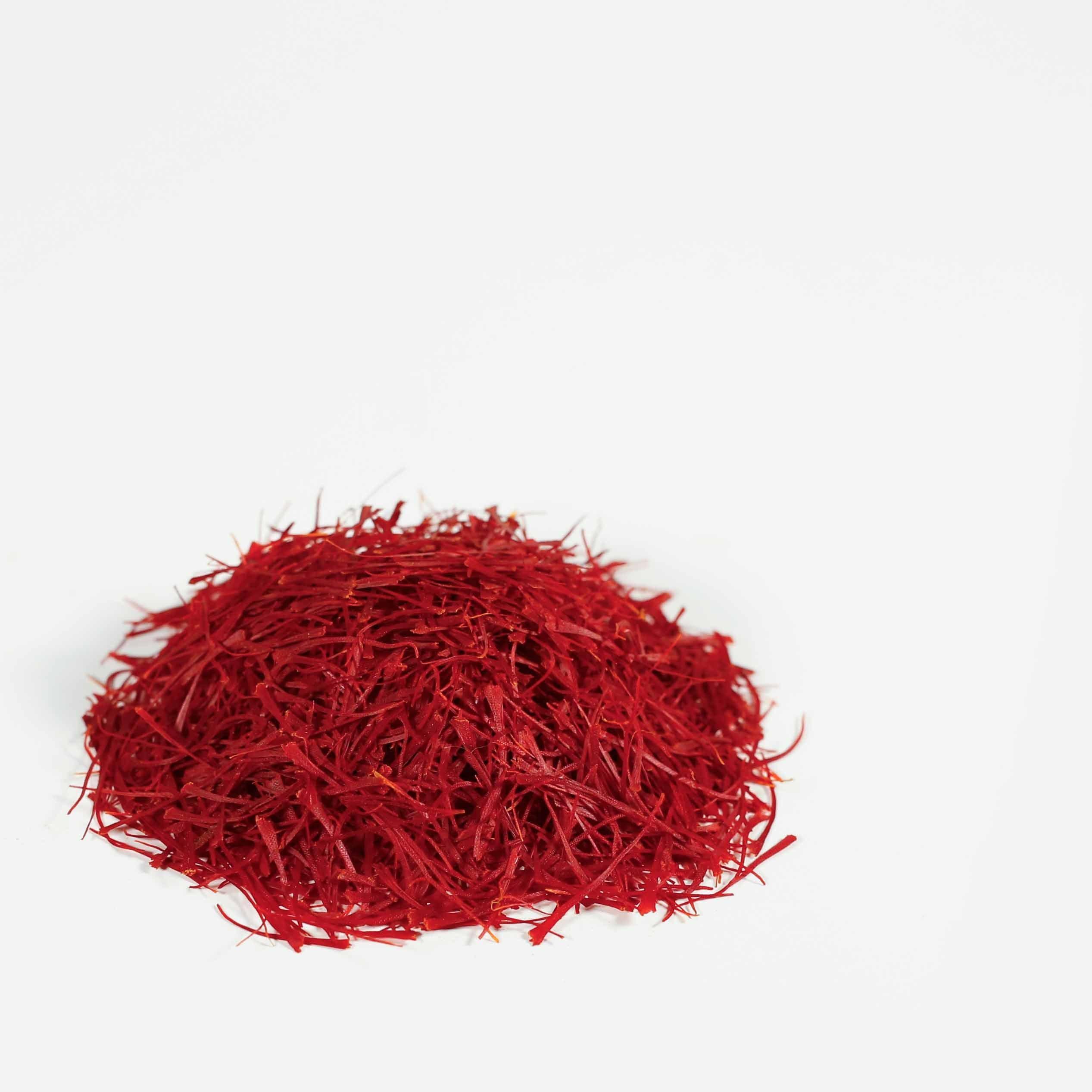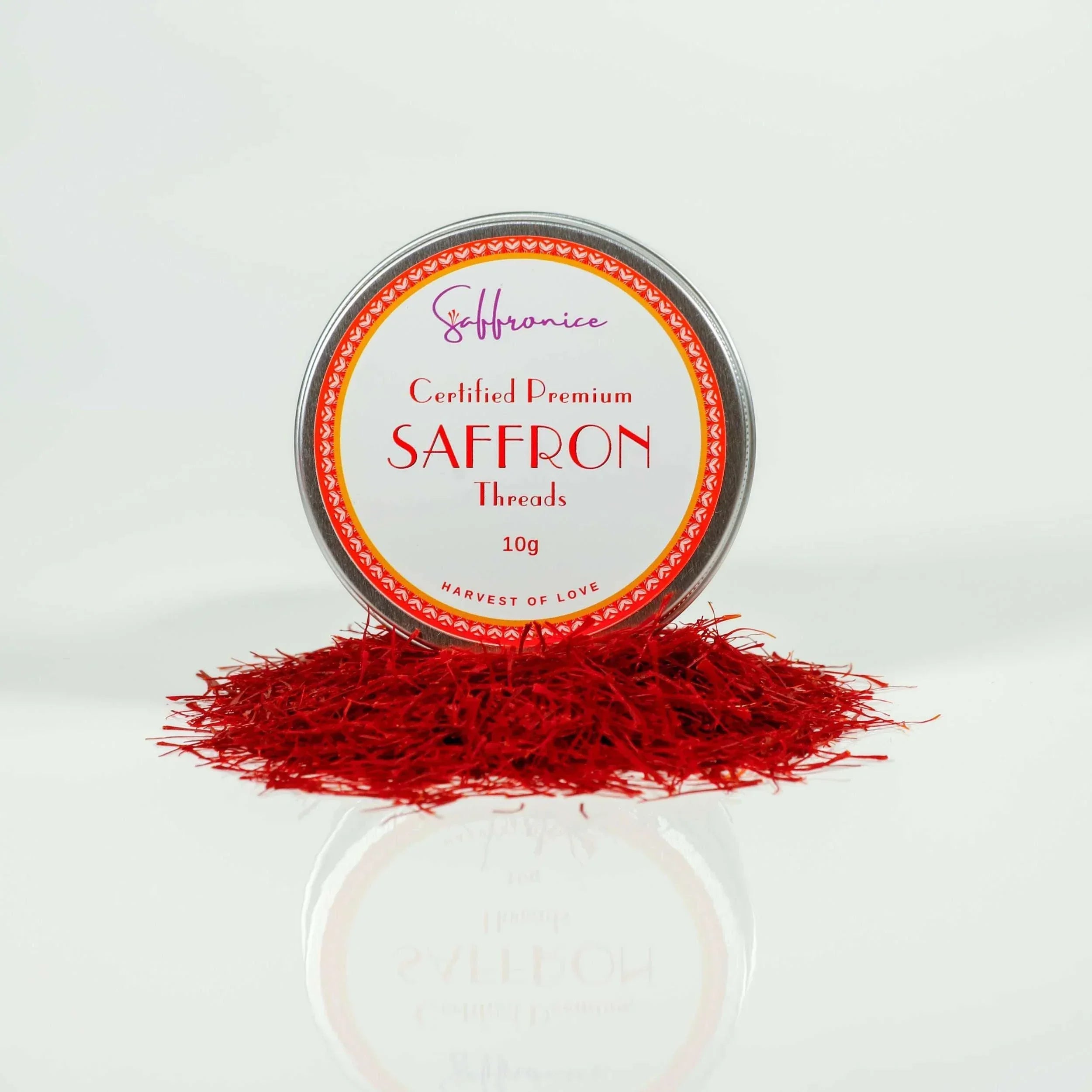Rice is a staple food for billions of people around the world: from South America to Italy to Japan.
There are loads of rice varieties—and dozens of different ways of preparing and using rice.
In this article, we’ll take a look at how they do rice in the homeland of saffron: Persia!
Persians like to start with high-quality rice—something like long grain Basmati—in order to get the best results.
But the way they cook the rice is entirely unique (no one else does it this way). And interestingly, there’s actually a solid scientific basis for preparing rice in this way.
Step 1: Prep
To make rice the Persian way, you start by soaking the dried rice in warm water and sea salt for at least a couple of hours.
Why?
Well, first of all, doing this helps the rice to absorb the salt and release unwanted farming residues (bugs, bacteria, or even chemicals).

But there’s an added nutritional advantage as well: the rice will become enriched with valuable trace minerals from its contact with the sea salt. Provided, that is, that you start with high-quality, all-natural sea salt.
Once the rice has soaked for a couple of hours, you drain the rice and completely discard the water that it was soaked in. Next, gently wash the rice with warm water (once or even twice if need be).
Step 2: Cook
Select a pot that’s large enough to comfortably accommodate your rice and quite a bit of water—a good rule of thumb is to use a pot that’s about 3 to 4 times larger than the volume of your soaked rice.
Fill the pot about halfway with cool water, and then bring the water to a boil.
Add two tablespoons of sea salt to the water for flavour and added minerals.
Once your water is at a boil, add the rice and reduce the flame to medium-low.
Let the rice boil gently for at least 2 minutes. While you’re waiting, get a stainless-steel strainer ready by the sink.
After a couple of minutes, test your rice to see if it’s ready to strain. Remember, different kinds of rice have different cooking times—so there’s no substitute for actually checking and, if necessary, re-checking your rice.

So how do you know if it’s ready? Easy. Use a fork to take a sample of about 5 to 10 grains of rice, and test them between your teeth. If the rice is al dente, soft on the outside but still a bit firm in the middle, then it’s ready!
Pour your rice and hot water into the strainer and immediately run 2-3 cups of cold water over the hot rice to cool it down a bit and stop it from overcooking. Don’t overdo it with the water! You don’t want to wash away all of those healthful minerals that the sea salt provides.

The only exception to this rule is if you think you may have overcooked the rice. Then it’s best to run more cold water over the rice to bring down the temperature dramatically. You may wash away some of the goodness, but at least you’ll save the rice.
Step 3: Simmer
Persian rice is famous for its crispy, golden base. It’s called "tahdigh", which simply means “bottom of the pot”, and can be made from thin flatbread, potato slices or even rice.
But the most popular version (and in our opinion, the most delicious) is made from potatoes.
To prepare potato tahdigh, start with a few potatoes (2 or 3, depending on the size of your pot). Wash, skin, and slice them into half-centimetre slices.
Then add 1/4 cup of water to your pot and heat at medium-high.
Add 5-10 threads of saffron and a pinch of salt. Some people add a pinch of pepper as well.
Add 1/4 cup of butter and wait for it to melt completely
When the water begins to boil, spread the potato slices on the bottom of the pot in a single, even layer. Don’t let the slices overlap, or the tahdigh won’t crisp up properly.

Next, gently spoon the rice over the potatoes to create a dome-shaped mound.
Cover the pot with the lid and bring the heat up to the highest setting. In a couple of minutes, the interior of the pot should fill with steam.
At this point, add 2-3 tablespoons of your pre-brewed saffron to the top of your rice dome (please click here to learn the best method for brewing saffron)

With a clean cotton tea towel, cover the inner side of the lid of your pot (see photo).


Then reduce the heat to medium-low and let the rice slowly simmer for around 30 minutes, give or take (the size of your pot will affect cooking time).
Step 4: Finish
To test whether your rice is done, use your finger to sprinkle a few drops of cool water on the side of the pot. If the water from your finger evaporates immediately, sizzling away and disappearing into steam, your rice is ready! If not, wait a couple of minutes and test again.

Once the Saffron rice is ready you will need to turn the rice upside down so the crispy potatoes are on the top, please watch our How to Cook Saffron Rice Video for the method.
Enjoy your delicious Persian saffron rice with tahdigh!

For more mouth-watering saffron recipes, as well as saffron tips and news, follow us on Facebook by clicking this link.


